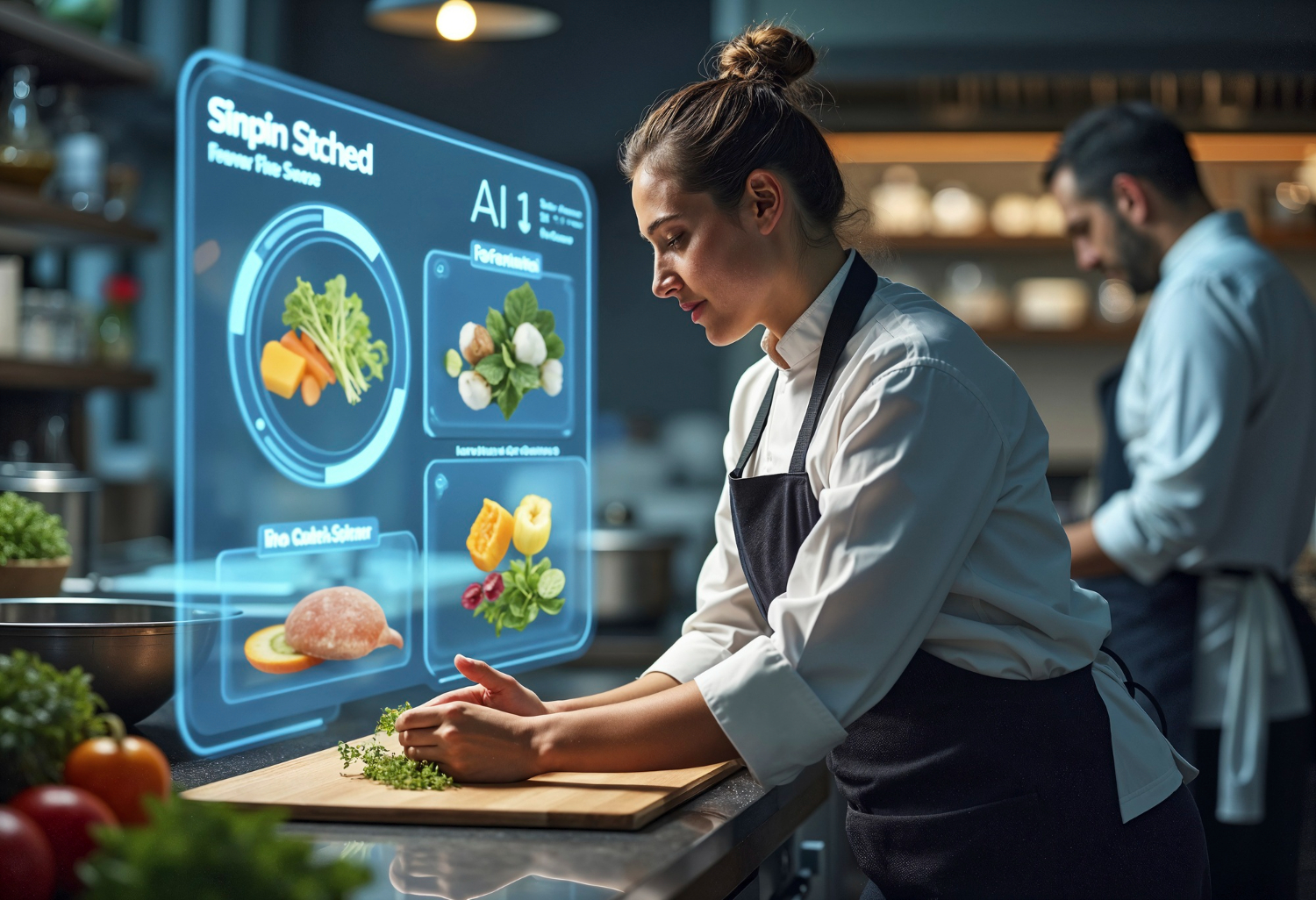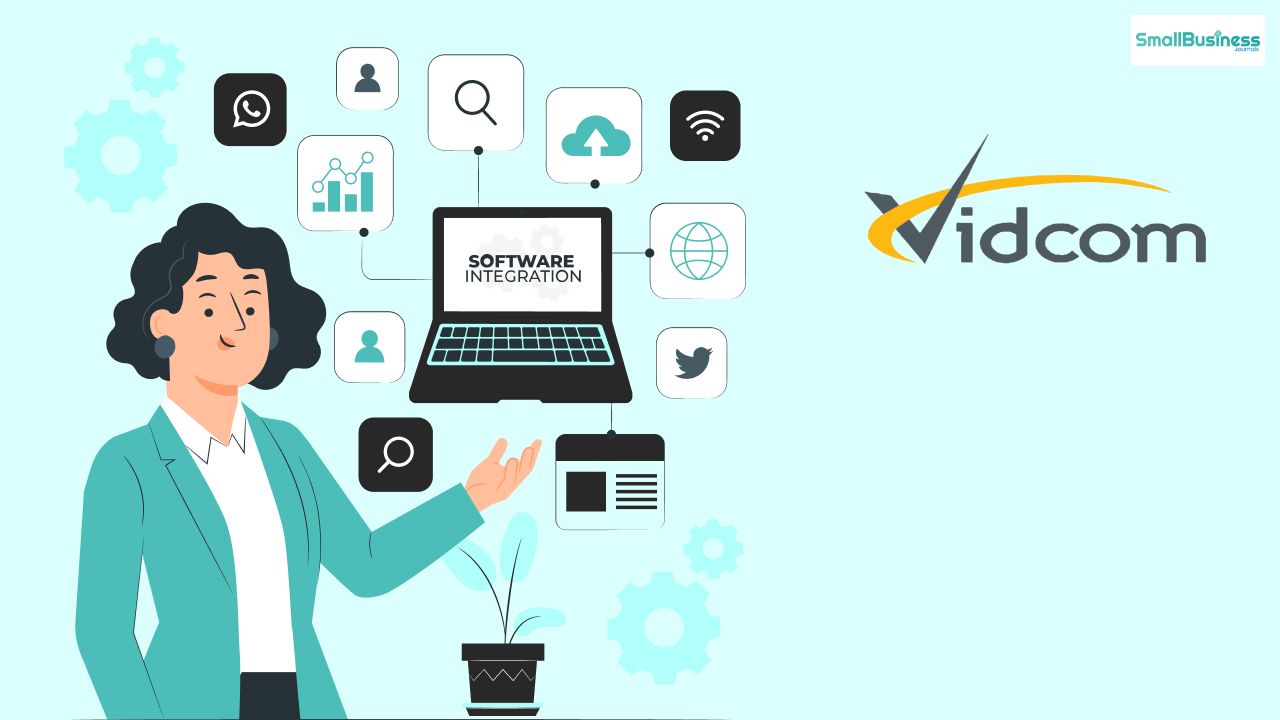As the global food supply chain becomes increasingly complex, the importance of ensuring food safety has never been greater.
From farm to fork, every stage of food production and distribution is under scrutiny—not only to meet growing regulatory demands but also to safeguard public health and build consumer trust.
In this dynamic environment, emerging technologies are paving the way for a more intelligent, resilient, and transparent food safety system. This article is a celebration of that technological advancement.
Here, we will be looking at some of the most groundbreaking technological advancements that can shape the future of food safety
Notable Next-Gen Technological Trends In The Food Industry

The food industry, like any other industry, is all set to go through a robust transformation. In this article, we will be looking at some of those transformations. Transformations that can bring the industry into the future and improve its effectiveness.
However, it is important to note that the future of food safety and manufacturing is are ever-evolving conversation. In other words, the dynamics of the industry are changing quite rapidly.
Food habits like veganism and organic drive have the power to completely change the dynamic of what is to come.
Therefore, approach the topic with a hint of tempered expectation and understanding. With the disclaimer out of the way, we can finally dive deep into understanding what the future of food safety and manufacturing has to offer.
1. Digital Manufacturing
One of the first and foremost next-gen trends in the industry is digital manufacturing. Digital manufacturing has not only increased the efficiency of the landscape but also its profitability.
Food manufacturing companies are using the digital manufacturing transformation to bring in advancements like automation, AI-backed manufacturing, real-time monitoring, etc. All of these points allow companies to amp up their production, but keep the cost down.
AI and automation in manufacturing increase the efficiency of the manufacturing chain. However, it also frees the production line from human interventions. As a result, increasing production and reduces cost at the same time.
2. Advanced Kit For PFAS Detection
Scientists of the New Jersey Institute of Technology have developed a new method of detecting toxins in food. This method is popularly known as PFAS or poly-fluoroalkyl substances detection. The test looks for contaminants in packaged food.
The test traces remnants of contaminants in a packaged food using a method called paper spray mass spectrometry, or PS-MS. This is one of the fastest-delivering tests for food. Apparently, the test provides results in just three minutes.
As per reports, this method is significantly more effective than the standard liquid chromatography/mass spectrometry test. In fact, this method can detect contaminant parts-per-trillion levels. Hence, quite effective.
3. Using Bacteria To Clean Contaminated Water
PFAS contaminants are the biggest enemies of the food industry. As a result, a team of researchers and engineers from UC Riverside has discovered and engineered a bacterium. As per reports, the bacteria are capable of breaking down PFAS contaminants in water.
The bacteria apparently belong to the Acetobacterium genus and are mostly common in marshy or wastewater regions. The bacteria are capable of breaking the carbon-fluorine bonds that allow PFAS contaminants to persist and grow in water.
According to the research, it was found that the bacteria can specifically attack PFAS compounds by deforming the unsaturated particle. The cost-effectiveness and sustainability of the method have made it a notable invention. An invention that is geared towards a more sustainable future.
4. Antimicrobial Treatment
2024 was a crucial year for the food industry. For the first time, the US Environmental Protection Agency (EPA) approved an antimicrobial treatment. This treatment is geared towards dealing with foodborne pathogens in the preharvest water.
This was a significant milestone achieved by the industry. To date, the product that was approved is called SANIDATE 12.0. SANIDATE 12.0 is geared towards dealing with pathogens like Salmonella and Escherichia coli in water.
This is a collaborative effort taken by the US FDA and EPA. The approval has since been proven helpful for the industry. Farmers can ensure safer produce and better quality food.
5. Egg Pasteurization Technology To Combat Salmonella
Salmonella is a big problem that the egg industry faces on a regular basis. As a result, USDA-ARS, or the U.S. Department of Agriculture’s Agricultural Research Service, developed a new method that helps in the pasteurization of eggs to eliminate Salmonella microbes.
The current method uses thermal and radio frequency to pasteurize the egg. Scientists claim that this significantly reduces the chance of developing salmonella in eggs. This form os egg production is much more efficient than the traditional process.
Reports suggest that this process takes only 24 minutes to clear out at least 99% of all the Salmonella bacteria from eggs. Howevevr, ARS is still looking to perfect the process to cut down the processing time and increase the efficiency at the same time.
6. In-Field Rapid Test
Researchers at Purdue University just created a revolutionary testing kit that people can carry with them in the field. The test kit is a ‘paper-based biosensor loop-mediated isothermal amplification’ or LAMP. As per studies, the kit can detect with 90 to 100% accuracy.
The kit specializes in detecting Bacteroidales, such as the fecal matter of animals, one of the leading causes of water contamination. The test kit is quite robust and comes with some really awesome features like the Heating imager.
The heating imager is sussed to determine the scale of contamination. This also means that it can help detect the quality of water and whether it is drinkable or not. This is still in a development stage where the test kit is waiting for a patent.
The End
The future of food safety is seemingly moving in the right direction. However, this is a constantly evolving sector. In other words, what might be revolutionary today might not be in the future. Therefore, consider that this is going to be a long road of learning.
Still, the ones we have listed here are some of the most important ones you could go for. Therefore, if you are planning to enter the food business, then consider exploring these points we have mentioned here.
Do let us know if you liked this piece of content, and follow us for more.
Read Also:




Leave A Comment